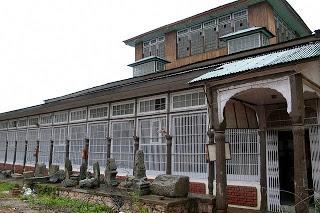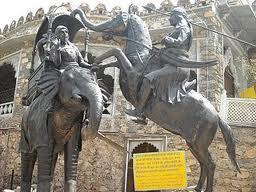The History and Origin of the Shri Pratap Singh Museum

General Raja Sir Amar Singh the youger brother of Maharaja Pratap Singh and S H Godmerry a European Scholar proposed the establishment of the Shri Pratap Singh Museum in the state of Jammu and Kashmir. Thus it was set up in the year 1898 AD, according to a memorandum was submitted to the Dogra Ruler of the state. The museum was set up in building which belonged to the state at Lal Mandi, in Srinagar on the bank of the River Jhelum. The museum would exhibits and artifacts covering the region of Jammu, Kashmir, Gilgit and Baltistan. There are many other Pilgrimage and heritage locations around kashmir. More about vaishnodevi Temple, Thus the establishment of the museum was supervised by John Marshal the then Director General of the Archeological Survey of India. Mr. Blerjee the then Accountant General of the State served the first head of the institution. He was also responsible in order to prepare a catalog of the array of coins displayed in the museum. The museum collection at the very first stage comprised of shawls and weapon store that were get hold from the Tosh Khana. Well after the redeployment of the new Archaeological Department in 1913 under Rai Bhadur Daya Ram Sahni, artifacts unearthed at Panderenthan, Parihaspora and Avantipura were first displayed in the museum. The rich flavors formed one of the prime and significant additions to the museum’s collection. Secondly, number of objects mostly ornamented household items, were acquired by the Museum from numerous private owners. The array of artifacts has been tentatively dated on the basis of style, material and period in this museum.

Thus the collections of the museum fall under the following categories
- Miniature Paintings
- Numismatics and Manuscripts
- Furniture and Decorative Items
- Weapons and Utensils
- History, Stuffed Birds and Animals
- Items of Leather, Grass and Willow Work
- Textiles and Carpets
- Sculptures, Tiles and Other Artifacts Excavated in Various Parts of Kashmir Natural.
